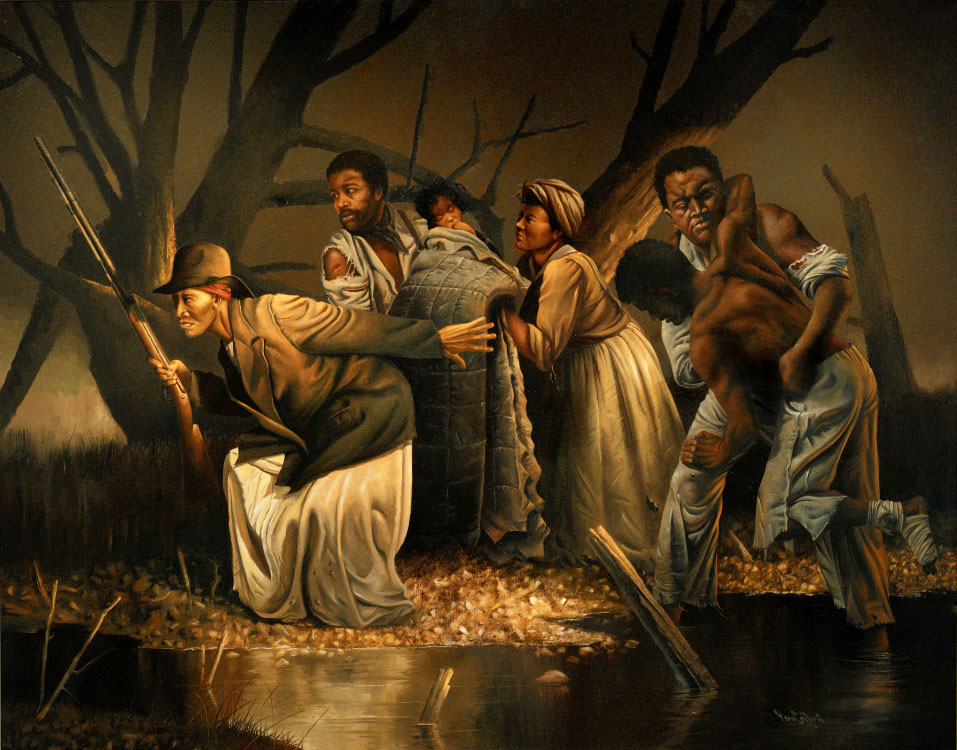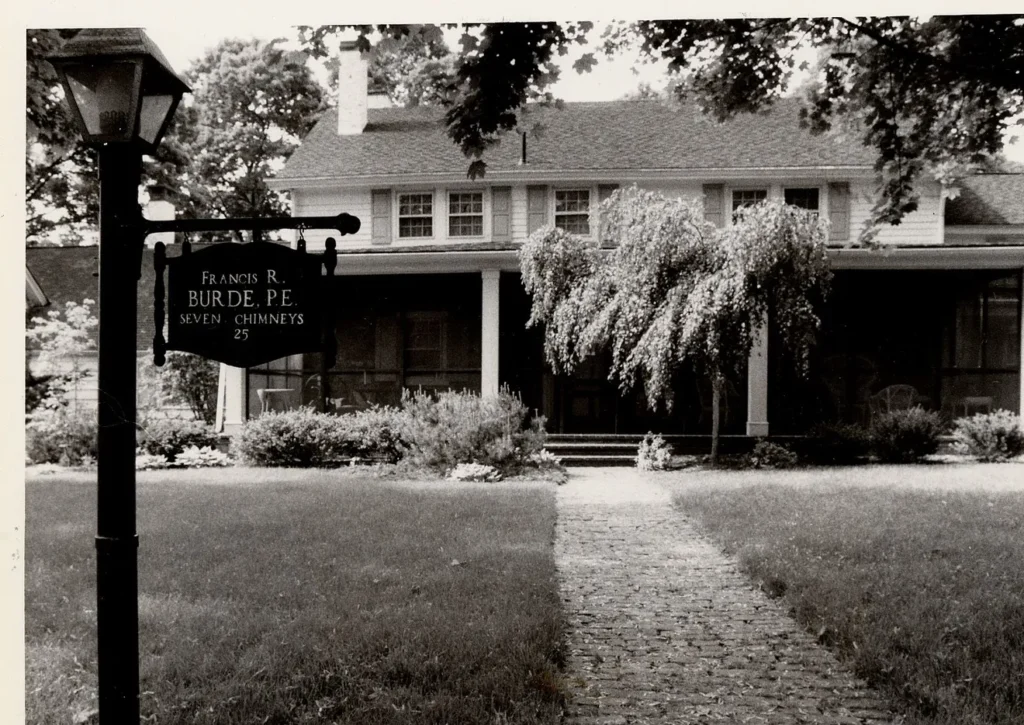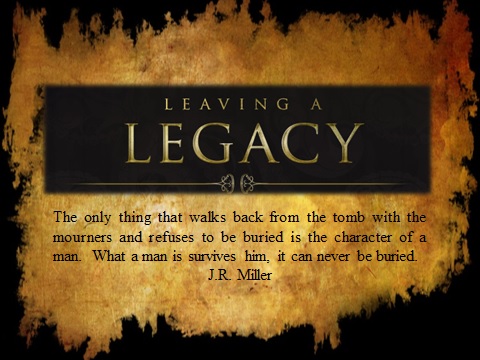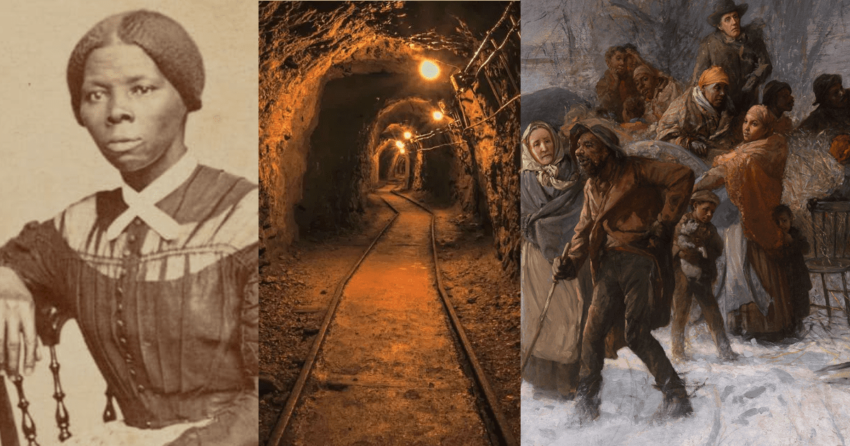In the heart of America, a clandestine network flourished in the shadows, driven by the relentless pursuit of freedom. This was the Underground Railroad, a remarkable movement that helped thousands of enslaved African Americans escape to freedom in the North and Canada. Though often shrouded in secrecy, the stories of bravery, sacrifice, and resilience that emerged from this extraordinary chapter in American history continue to resonate today. This narrative not only highlights the courage of those who sought freedom but also the unwavering commitment of those who risked everything to help them.
The Context of Oppression

To understand the significance of the Underground Railroad, one must first grasp the harsh realities of slavery in the United States. By the early 19th century, millions of African Americans were enslaved, forced to work under brutal conditions on plantations, particularly in the Southern states. The institution of slavery was deeply entrenched in American society, supported by laws that dehumanized Black individuals and stripped them of their rights.
Despite the oppressive environment, the yearning for freedom burned brightly in the hearts of many enslaved people. Stories of escape circulated among the enslaved, fueled by the hope of a life free from bondage. This desire for freedom led to the formation of the Underground Railroad, a network of secret routes and safe houses that facilitated the escape of enslaved individuals to free states and Canada.
The Network of Hope

The Underground Railroad was neither a railroad nor underground in the traditional sense; rather, it was a metaphorical term for the secretive network that operated across the country. It consisted of abolitionists, both Black and white, who were committed to aiding those seeking freedom. These individuals, known as “conductors,” played a crucial role in guiding escapees along their perilous journey.
One of the most famous conductors was Harriet Tubman, an escaped slave who made multiple trips back to the South to rescue others. Tubman, often referred to as “Moses,” led over 300 enslaved people to freedom, risking her life each time. Her bravery and determination inspired many, and her story became emblematic of the spirit of the Underground Railroad.
Safe Houses and Routes

The routes of the Underground Railroad were carefully mapped out, often using coded language to communicate directions. Safe houses, known as “stations,” were established in various locations, providing refuge for escapees. These stations could be found in homes, churches, and even businesses. Abolitionists would often leave food, clothing, and other necessities for those passing through.
Traveling by night and hiding during the day, escapees faced numerous dangers. They had to navigate treacherous terrain, evade slave catchers, and endure harsh weather conditions. Many relied on the North Star for navigation, using its position to guide them toward freedom.
The Risks and Sacrifices

The journey to freedom was fraught with peril, not only for the escapees but also for those who helped them. Assisting an enslaved person in their escape was a crime punishable by law, and many abolitionists faced severe consequences for their actions. Despite the risks, countless individuals chose to stand against injustice, believing that the fight for freedom was worth any sacrifice.
One such individual was Levi Coffin, a Quaker abolitionist who became known as the “President of the Underground Railroad.” Coffin and his wife, Catharine, opened their home in Indiana as a station, providing shelter and support to countless escapees. They worked tirelessly to help others, often at great personal risk. Their commitment to the cause exemplified the dedication of many who participated in the Underground Railroad.
The Role of Community

The success of the Underground Railroad relied heavily on the support of local communities. Many free Black individuals played a crucial role in aiding escapees, providing food, shelter, and guidance. The sense of solidarity among those fighting for freedom created a powerful network that transcended race and background.
In addition to individual efforts, organizations emerged to coordinate the activities of the Underground Railroad. Groups like the American Anti-Slavery Society mobilized resources, raised awareness, and provided support for those involved in the movement. These collective efforts amplified the impact of the Underground Railroad, making it a formidable force against slavery.
The Impact of the Underground Railroad

The Underground Railroad had a profound impact on American society, challenging the institution of slavery and igniting a national conversation about freedom and human rights. As more enslaved individuals escaped, the realities of slavery became increasingly difficult to ignore. The stories of those who risked everything for freedom inspired many to join the abolitionist movement, leading to greater awareness and activism.
The movement also played a pivotal role in the lead-up to the Civil War. As tensions between the North and South escalated, the Underground Railroad became a symbol of resistance against oppression. The Fugitive Slave Act of 1850, which mandated the return of escaped slaves to their owners, only fueled the determination of abolitionists to protect those seeking freedom.
The Legacy of Courage

The legacy of the Underground Railroad is one of courage, resilience, and hope. The individuals who participated in this movement demonstrated that the fight for freedom knows no boundaries. Their stories serve as a reminder of the power of collective action and the importance of standing up against injustice.
Today, the Underground Railroad is commemorated in various forms, from museums to historical sites. These memorials honor the bravery of those who sought freedom and those who risked their lives to help them. Educational programs and initiatives continue to raise awareness about this critical chapter in American history, ensuring that the stories of the past are not forgotten.
Conclusion
The story of the Underground Railroad is a testament to the strength of the human spirit and the enduring quest for freedom. It reminds us that even in the darkest of times, hope can prevail through acts of courage and compassion. As we reflect on this remarkable chapter in American history, let us honor the legacy of those who fought for justice and equality.
In a world still grappling with issues of race and inequality, the lessons of the Underground Railroad remain relevant. The courage displayed by those who risked everything for freedom serves as a powerful call to action for us all. By remembering their stories and continuing the fight for justice, we can ensure that the spirit of the Underground Railroad lives on, inspiring future generations to stand against oppression and strive for a more equitable society.


